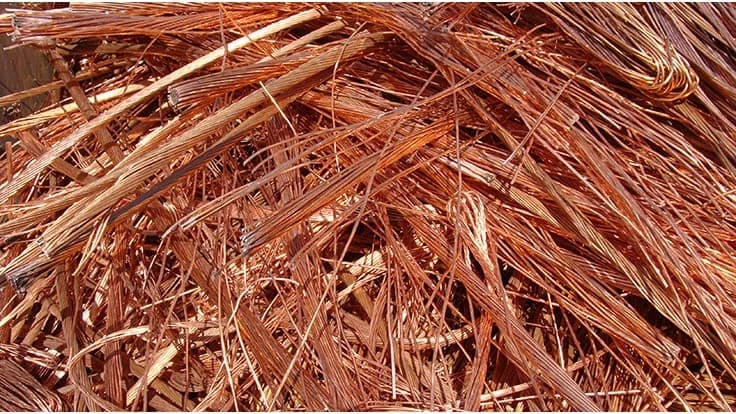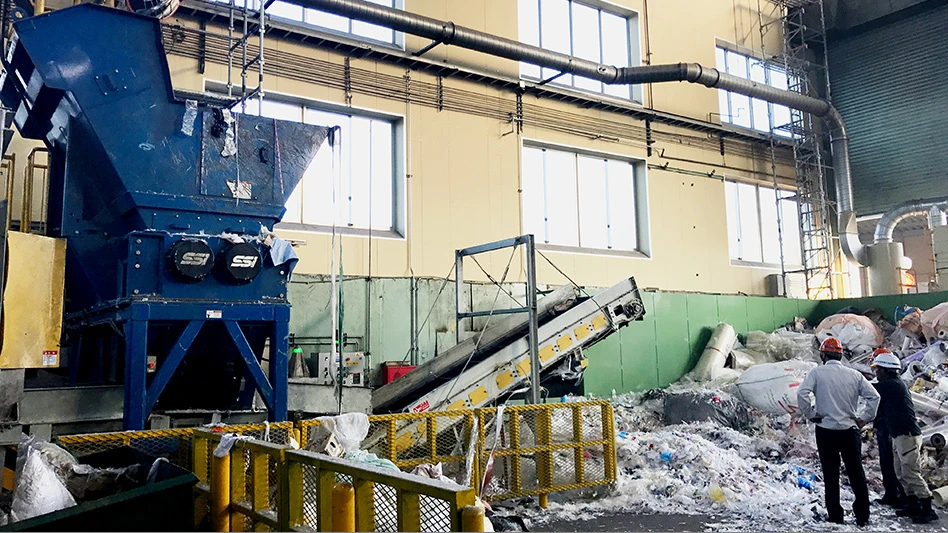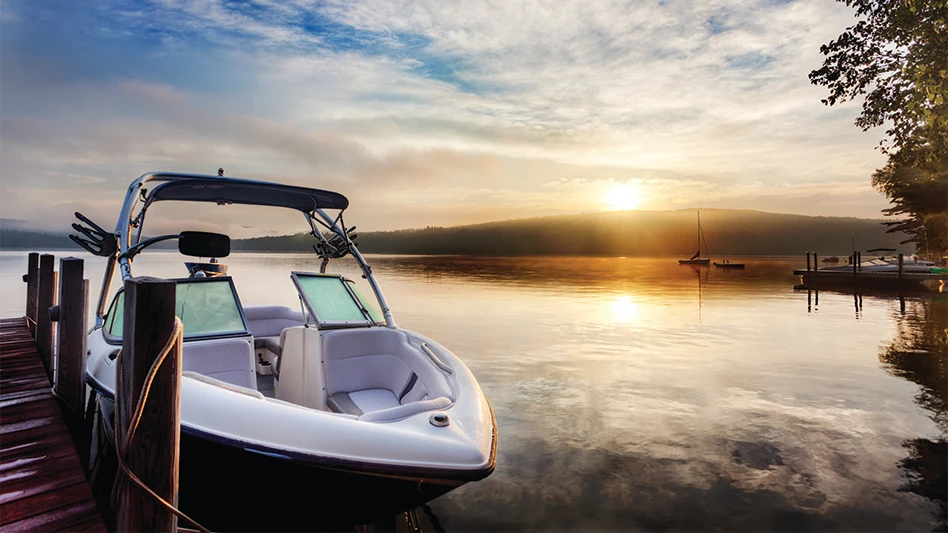
Photo by Brian Taylor.
News out of the People’s Republic of China continues to point to the end of an era in that nation’s role as an importer of nonferrous scrap metals. Although some aluminum and copper scrap continues to enter the nation, the volume is dwindling, and in 2021 the endeavor could prove nearly as difficult as it is for paper and plastic scrap.
Throughout 2020, nonferrous scrap importers have adhered to a strict government quota system. The effects of that system were summarized by a presentation by the deputy president of the China Nonferrous Metals Industry Association’s metals recycling branch (CMRA) at a conference held in Xiamen, China, in mid-September.
At the event, as reported on by Reuters, Wang Jiwei of the CMRA indicated less than 750,000 metric tons of red metal scrap imports have been approved so far in 2020. That compares with nearly 1.5 million metric tons imported last year. In 2007 and 2008, China was importing more than 5.5 million metric tons of copper scrap, according to a database posted to the website of the Washington-based Institute of Scrap Recycling Industries (ISRI).
Heading toward 2021, scrap exporters in other nations have until Dec. 31 to register as scrap shippers to China in a system that is being managed by the CMRA.
After the quota system ends at the conclusion of 2020, China’s customs and environmental agencies have indicated they are finalizing definitions and procedures that will allow higher grades of aluminum and copper scrap to enter the country in 2021. However, how and whether the reclassification of those grades from a “waste” to a “resource” will be applied uniformly by different agencies at different ports is not yet clear.
Adding to question marks in the Chinese scrap market is the reluctance of shipping lines to run afoul of a different regulation that could hold them financially liable if they ship containers deemed to hold scrap with high amounts of residuals and not able to enter China. Several of the world’s major shipping lines have issued notices that, as of now, they will not book scrap shipments to Chinese ports.
In India, Asia’s other nation of more than 1 billion people, border tensions with China are prompting that nation’s government to reconsider its trading relationship with China. India has made news by banning China-based smartphone apps, and now it appears poised to restrict some basic materials.
Another mid-September Reuters report says a policy idea circulating in India’s government would seek to identify and monitor metals imports in an effort that could combine patriotism with protectionism by “curb[ing] shipments from China and other Asian nations to protect domestic producers.”
China is the largest exporter of finished aluminum to India and possibly also the largest copper exporter, according to government data Reuters cites. A Federation of Indian Mineral Industries (FIMI) officer told Reuters, “China is a huge threat for India’s aluminum industry.”
What a China-India metals trade barrier could mean for the global scrap market is unclear, though secondary metals production (as a total of aluminum, brass and copper production) in India is higher than in China, where large state-owned producers are geared toward virgin production. (With scrap import restrictions in place, some of China’s secondary metals producers have set up shop in Malaysia or other nations.)
Pre-COVID-19, India’s largest secondary aluminum producer was bullish on the sector’s future in India, based on presentations at the February 2020 Materials Recycling Association of India (MRAI) event.
Secondary metals producers in India, however, may have to lobby to make sure that any Indian government intervention benefits them, and not only India’s primary metals producers, who can have a lobbying agenda of their own.
In the first six months of 2020, India imported some 123,000 metric tons of aluminum scrap from the United States, barely eclipsing China’s total of 117,000 metric tons. According to U.S. Census Bureau Data, those two nations were behind only Malaysia (165,000 tons) and South Korea (142,000 tons) as export destinations.
Latest from Recycling Today
- Turkish mills sampled wide scrap market in 2024
- GLE Scrap Metal acquires interest in Mallin Cos.
- 2024 marks strong year for Van Dyk
- Recycled metal portrayed as former dictator’s fiefdom
- Aqua Blaster takes aim at dust and fire suppression market
- Commentary: Merger opposition yields opponents of its own
- Textile recycler to open manufacturing facility in Vietnam
- Call2Recycle Canada, Ontario county achieve battery recycling milestone





